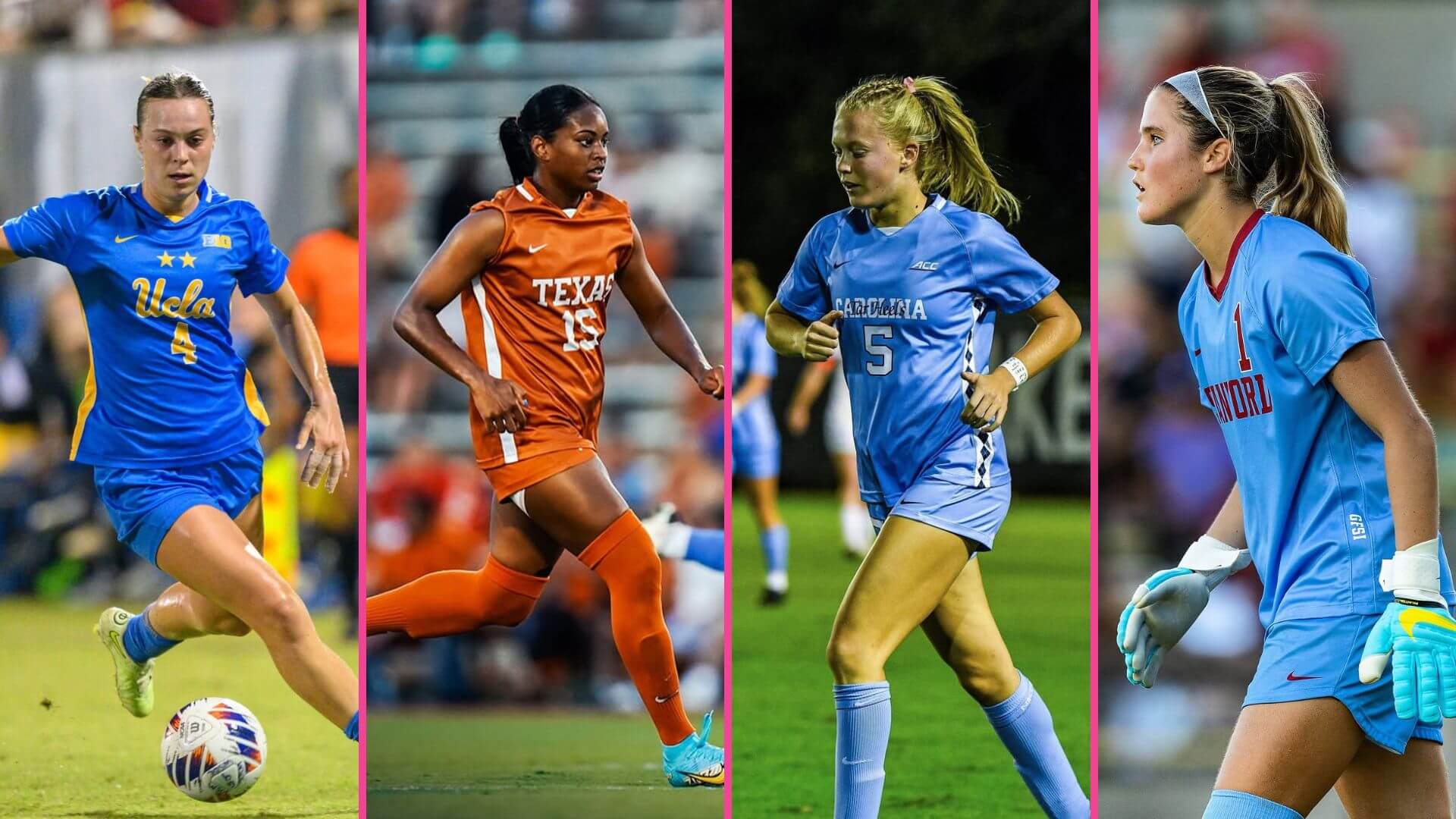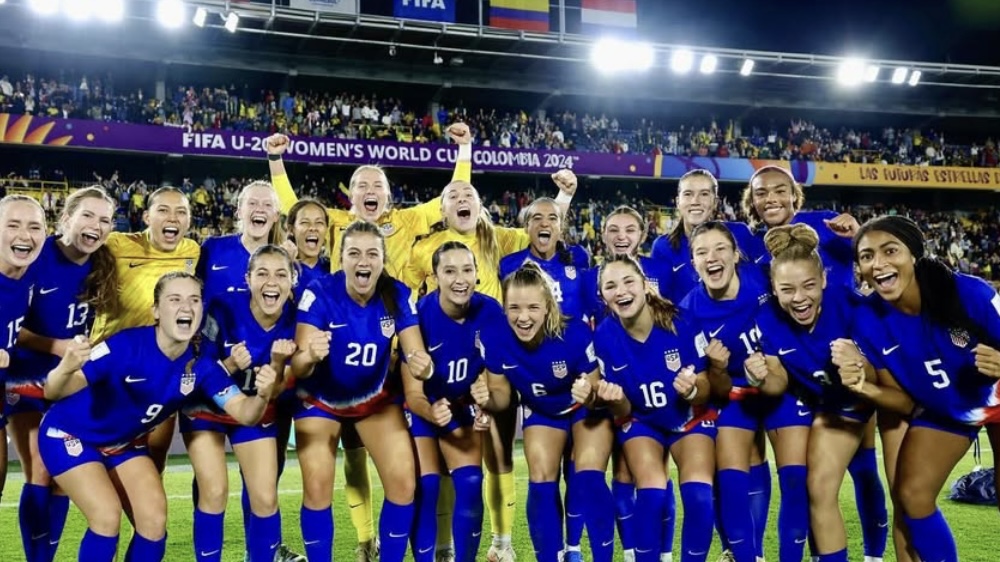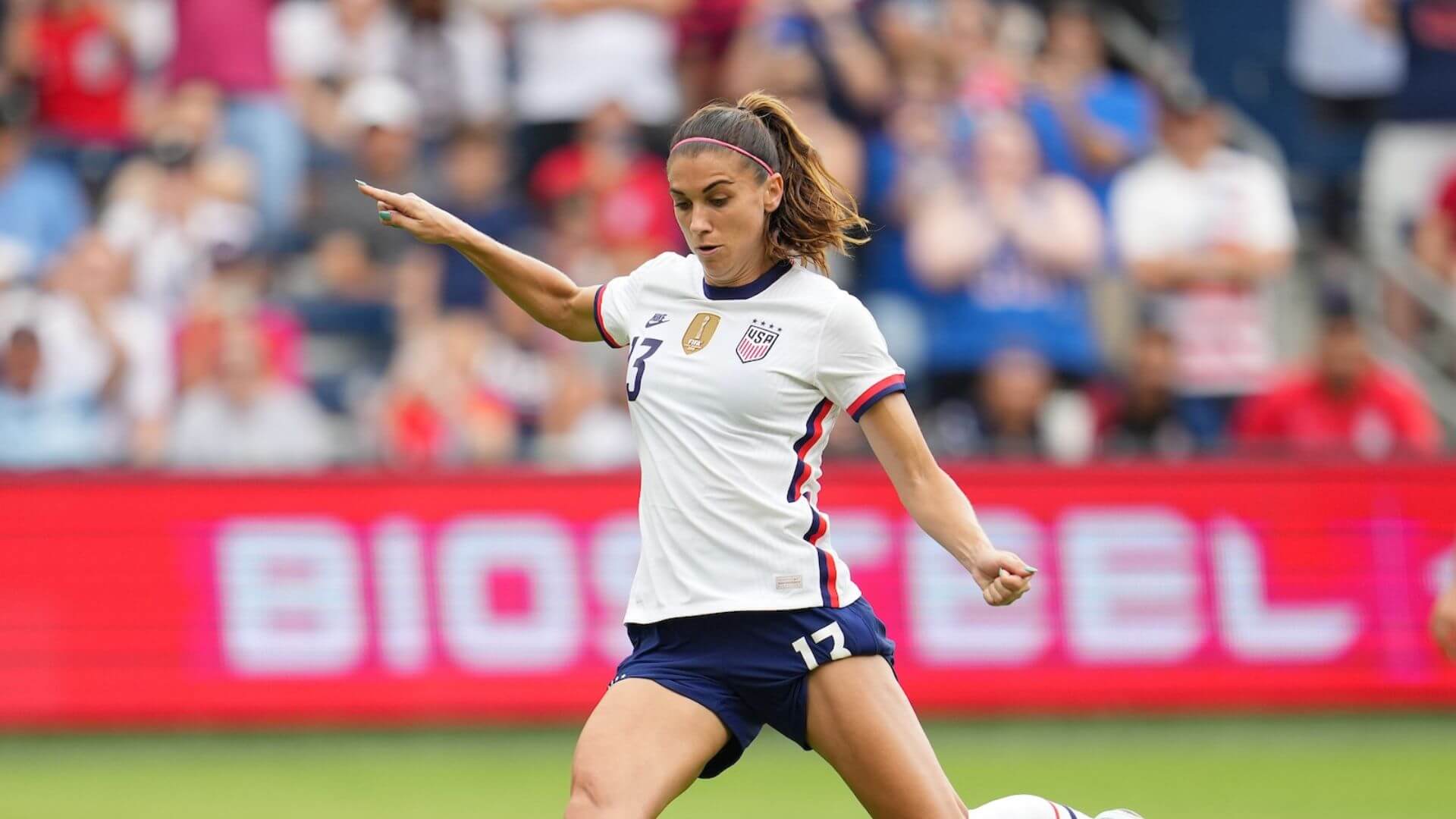Five Key Moments That Tell the History of Women’s Soccer
For many, the history of women’s soccer begins in 1999, when the world watched as the USWNT snatched a World Cup victory away from China in a dramatic penalty kick shootout. From then, women’s soccer players slowly but steadily worked to establish the game on the world’s biggest stage, eventually reaching where we are today.
But to really understand women’s soccer, you have to go back so much further. Truthfully, the history of women’s soccer begins about 100 years before 1999.
Nettie Honeyball Founds the First Known Women’s Soccer Club
In 1894, women’s soccer wasn’t even a thing. Nettie Honeyball sought out to change that. Though her name is just a pseudonym, and her real identity is unknown, there was perhaps no better person to introduce England to the idea of women’s soccer. Honeyball, along with about 30 other young women, founded the first known women’s professional soccer club: British Ladies Football Club.
In 1895, she told The Daily Sketch she founded the team to prove women weren’t merely “ornamental and useless.” For their brief time in the spotlight, the British Ladies Football Club attracted thousands of fans to their games. However, their audacity to try to play a “man’s game” earned them substantial criticism. According to one reporter at the time, “When the novelty has worn off, I do not think women’s football will attract the crowds.”
However, despite the widespread criticism of Honeyball and her teammates, not everyone believed women incapable of playing the beautiful game. One reporter wrote: “True, young men would run harder and kick more strongly, but, beyond this, I cannot believe that they would show any greater knowledge of the game or skill in its execution. I don’t think the lady footballer is to be snuffed out by a number of leading articles written by old men out of sympathy both with football as a game and the aspirations of the young new women. If the lady footballer dies, she will die hard.”
For every tiny piece of praise, the British Ladies faced mounds of criticism and sometimes even outright violence. At one point, it became too unsafe to play, and Nettie Honeyball’s vision for women’s soccer came to an end.
The FA Bans Women’s Soccer
Though negative press attention and soccer fans’ eagerness to keep women away from the game ultimately stamped out the progress Nettie Honeyball made, it was far from the end of women’s soccer.
During World War I, women’s soccer was hugely popular in England. While men were off fighting on the frontlines, women took their factory jobs and formed soccer teams. The crowds who attended these games rivaled those that enjoy women’s soccer today; some 53,000 fans attended a women’s soccer game in 1920.
Just one year after that astounding fete of attendance, the FA all but banned women’s soccer, deeming it unsuitable and unsafe.
Women didn’t return to the playing field in any significant capacity for about 50 years. We can’t change the past, but it does make us wonder: where would women’s soccer be today if the FA hadn’t halted the game just as it was getting started?
The Unofficial 1971 Women’s World Cup Draws Global Attention
In 1970, an unofficial Women’s World Cup was held in Italy. Though this tournament was the first step toward the modern women’s game, the big break came a year later, in 1971.
Riding the coattails of the 1970 Men’s World Cup also held in Mexico the year earlier, the women’s edition attracted massive crowds, one numbering more than 100,000. This was a major moment for women’s soccer, and it was wildly successful. However, the women’s game was far off from becoming anything near the organization it is today.
However, the fact the final, a match between Denmark and Mexico, sold 110,000 tickets hinted at the potential for women’s soccer. But despite the frenzied fanfare surrounding this novel tournament, it was decades until women’s soccer made any lasting impression.
The USWNT Win the 1999 Women’s World Cup
The mere mention of the year 1999 immediately conjures a clear image in women’s soccer fans’ minds: Brandi Chastain, moments after scoring a tournament-winning penalty kick, on her knees, jersey in her hand, celebrating her team’s massive achievement.
The USWNT’s second World Cup victory is, without question, the biggest moment in the sport’s history. That was the day women’s soccer was put on the map. The team inspired a generation of young girls to be just like them.
The impact of the 1999 USWNT cannot be overstated. The players became household names and bonafide legends of the game. They established the U.S. as the best in the world and paved the way for a professional league to be established and for women to be taken seriously as athletes.
The spark ignited by the 1999 World Cup flickered over the years, and two professional leagues in the U.S. failed before the NWSL came along and found a semblance of stability. But the image of Mia Hamm, Brandi Chastain, Briana Scurry, and the entire team as champions of the world will always be seared into the minds of women’s soccer fans everywhere.
The 2019 Women’s World Cup Begins a New Age in Women’s Soccer
In many ways, the 2019 Women’s World Cup was not surprising. It was always the USWNT’s tournament to lose. But despite that inevitably, the 2019 Women’s World Cup was a turning point for women’s soccer.
The fight for equality in women’s soccer was not new in 2019, but for the first time, people listened. The USWNT drew criticism for their on-field antics throughout the tournament and unabashed celebrations after their victory, but their message was clear: We are women. We deserve to be celebrated. We’re not going anywhere.
Since 2019, women’s soccer has grown significantly around the world. The NWSL and FA WSL attendance reached record heights. England and Brazil announced they’d pay their men’s and women’s teams equally. More fans are watching women’s soccer than ever. Great strides are being made, but there’s still a long way to go.
_
GIRLS SOCCER NETWORK: YOUR SOURCE FOR GIRLS SOCCER NEWS













